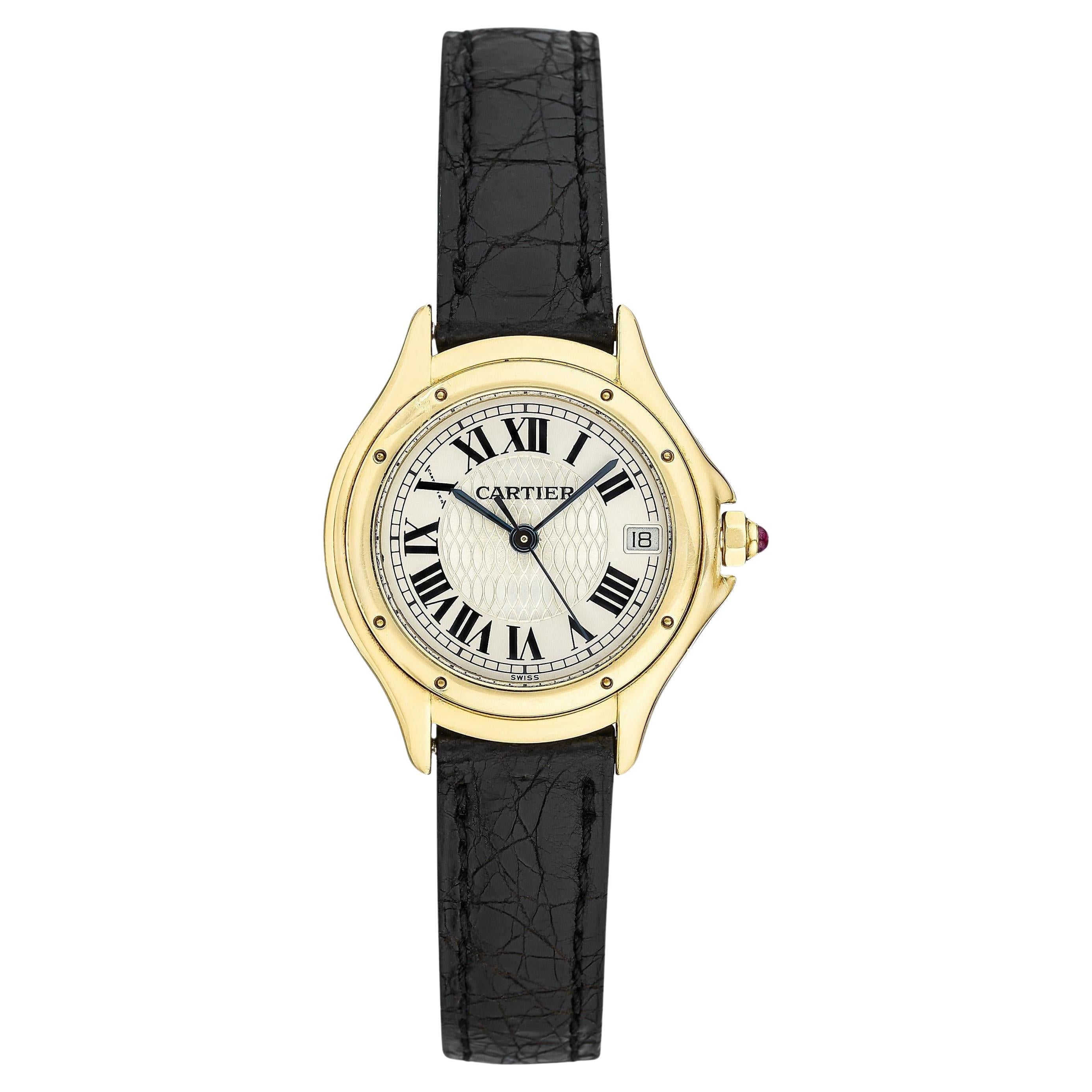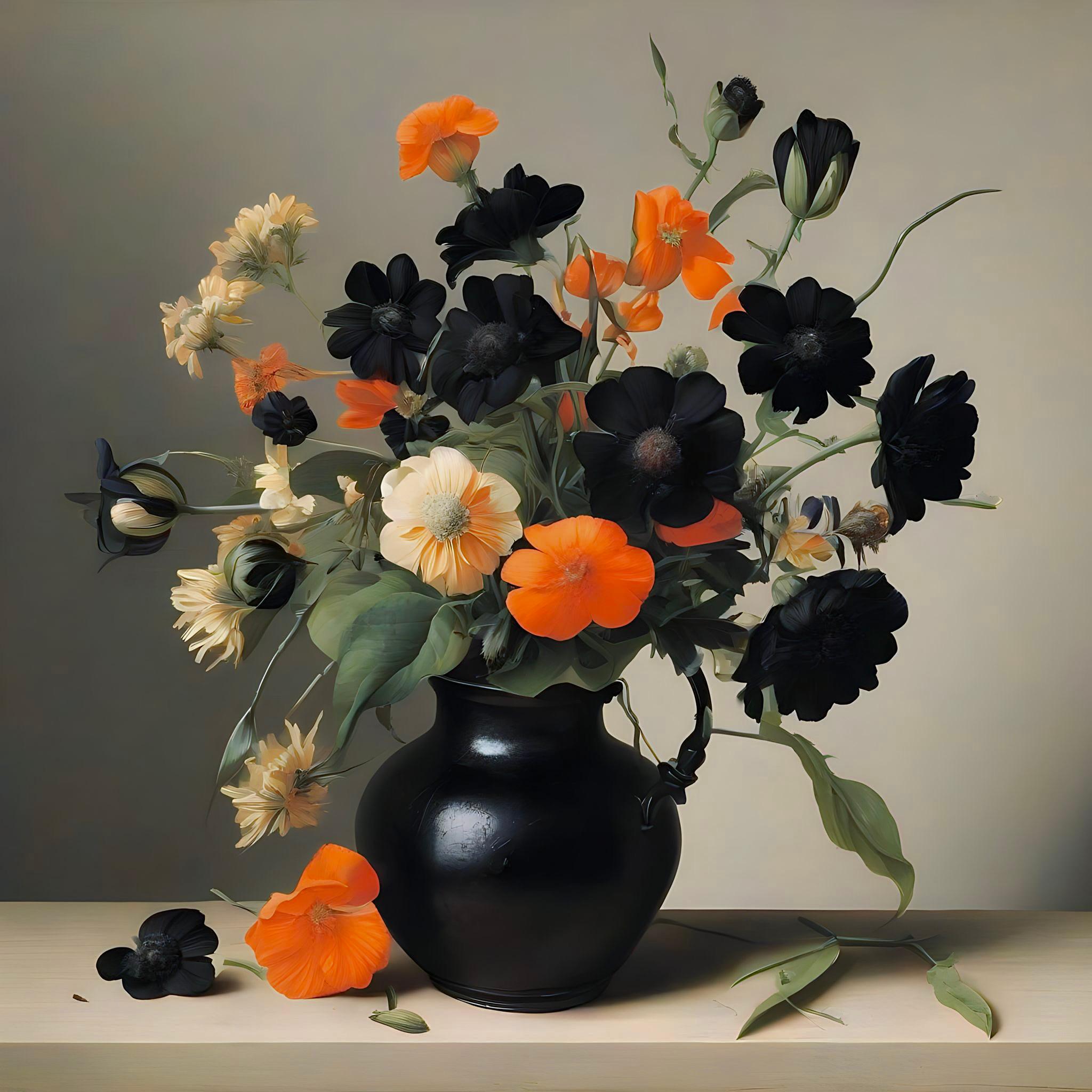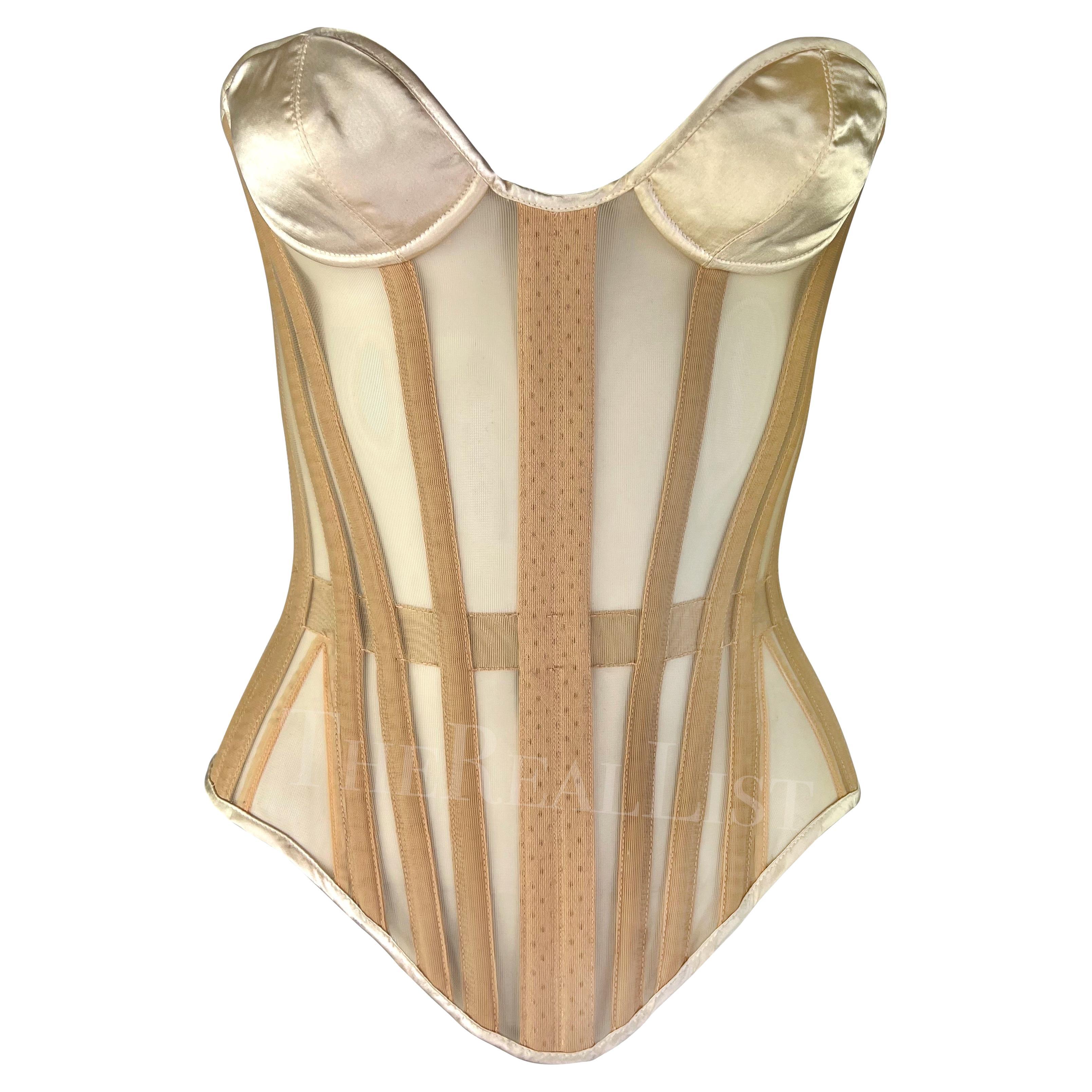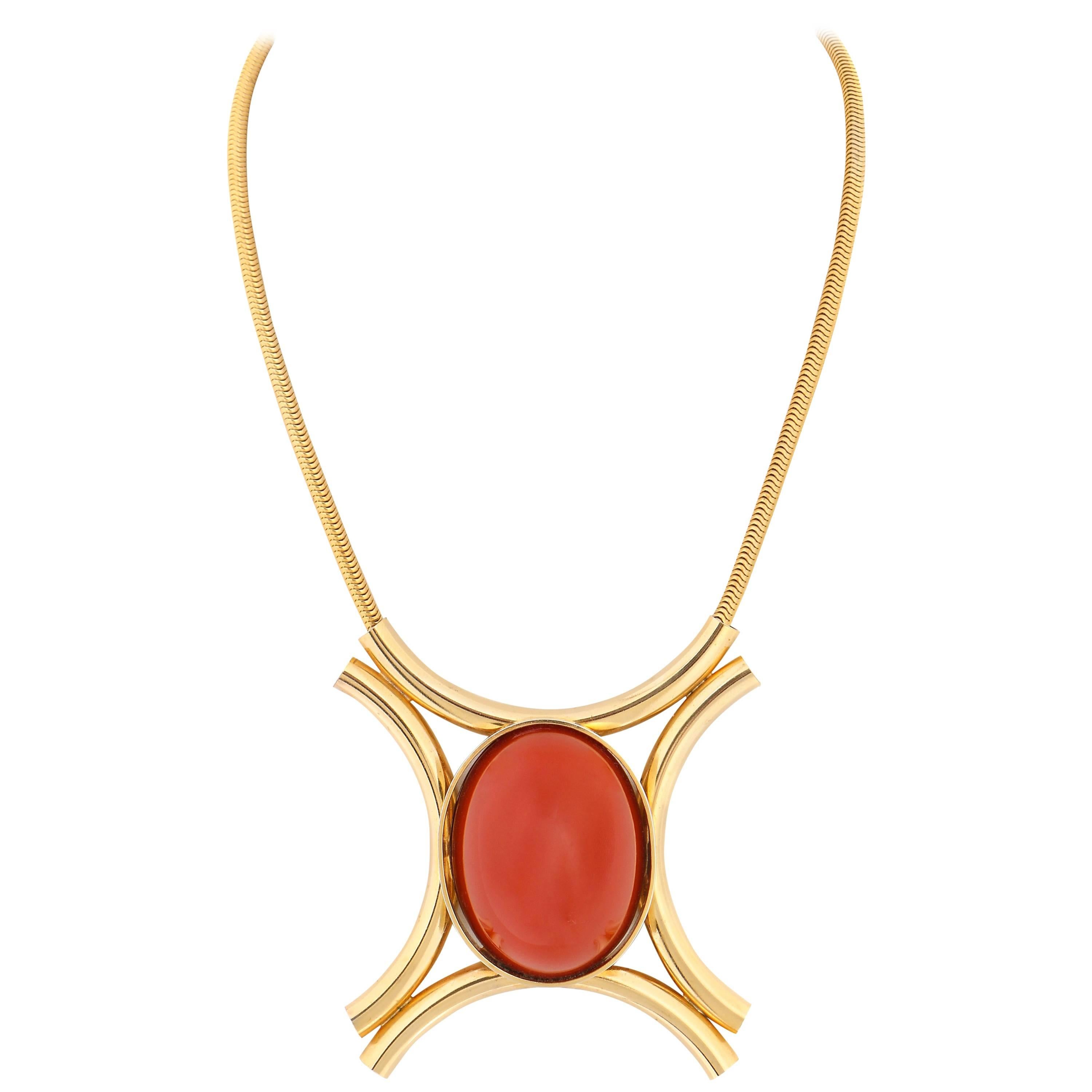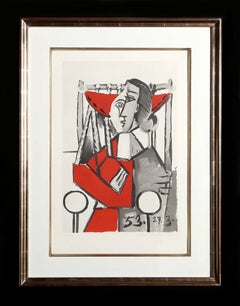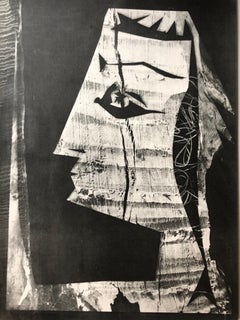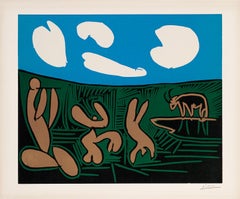Prints and Multiples on Sale
- Terms & Conditions
The Design Lover's Sale
Enjoy up to 60% off this stellar selection of pieces — now through May 27.

1950s Realist Portrait Prints
Etching
1980s Cubist Portrait Prints
Lithograph
1950s Cubist Figurative Prints
Lithograph
1960s Modern Figurative Prints
Photogram
20th Century Modern Prints and Multiples
Linocut, Paper
20th Century Modern Prints and Multiples
Paper, Aquatint
20th Century Modern Prints and Multiples
Drypoint, Aquatint
20th Century Modern Prints and Multiples
Drypoint, Aquatint
20th Century Modern Prints and Multiples
Drypoint, Aquatint
20th Century Modern Prints and Multiples
Paper, Etching
20th Century Modern Prints and Multiples
Drypoint, Aquatint
20th Century Modern Prints and Multiples
Drypoint, Aquatint
20th Century Modern Prints and Multiples
Drypoint, Aquatint
20th Century Modern Prints and Multiples
Drypoint, Aquatint
20th Century Modern Prints and Multiples
Drypoint, Aquatint
20th Century Modern Prints and Multiples
Drypoint, Aquatint
20th Century Modern Prints and Multiples
Drypoint, Aquatint
20th Century Modern Prints and Multiples
Drypoint, Aquatint
20th Century Modern Prints and Multiples
Drypoint, Aquatint
20th Century Modern Prints and Multiples
Drypoint, Aquatint
20th Century Modern Prints and Multiples
Drypoint, Aquatint
20th Century Modern Prints and Multiples
Drypoint, Aquatint
20th Century Modern Prints and Multiples
Drypoint, Aquatint
20th Century Modern Prints and Multiples
Drypoint, Aquatint
20th Century Modern Prints and Multiples
Drypoint, Aquatint
20th Century Modern Prints and Multiples
Drypoint, Aquatint
1960s Modern Figurative Prints
Photogram
1960s Modern Figurative Prints
Photogram
1960s Prints and Multiples
Aquatint
1960s Modern Still-life Prints
Photogram
1960s Modern Figurative Prints
Linocut
1960s Modern Figurative Prints
Photogram
1960s Modern Figurative Prints
Photogram
1960s Modern Figurative Prints
Photogram
1960s Modern Figurative Prints
Photogram
1960s Modern Figurative Prints
Photogram
1960s Modern Figurative Prints
Photogram
1960s Modern Figurative Prints
Photogram
1960s Modern Figurative Prints
Photogram
1960s Modern Figurative Prints
Photogram
1960s Modern Figurative Prints
Photogram
20th Century Modern Portrait Prints
Lithograph
1960s Modern Abstract Prints
Photogram
1960s Modern Still-life Prints
Photogram
1950s Modern Figurative Prints
Linocut
1970s Modern Figurative Prints
Etching
1950s Modern Still-life Prints
Lithograph
Early 1900s Modern Figurative Prints
Paper, Etching
Mid-20th Century Modern Portrait Prints
Etching
1960s Modern Figurative Prints
Etching
Early 1900s French School Figurative Prints
Etching
Read More
Science Uncovers Hidden Truths behind Young Pablo Picasso’s Blue Period
From 1901 to 1904, Picasso limited his palette to bluish hues in producing some of his most famous early works. A new show looks at the recycled materials, hidden underpaintings, surprising influences and bohemian lifestyle that led to their creation.
Who Are the Most Popular Artists on 1stdibs?
Learn the stories of some of the world's most recognizable artworks and their makers.

